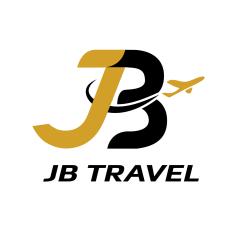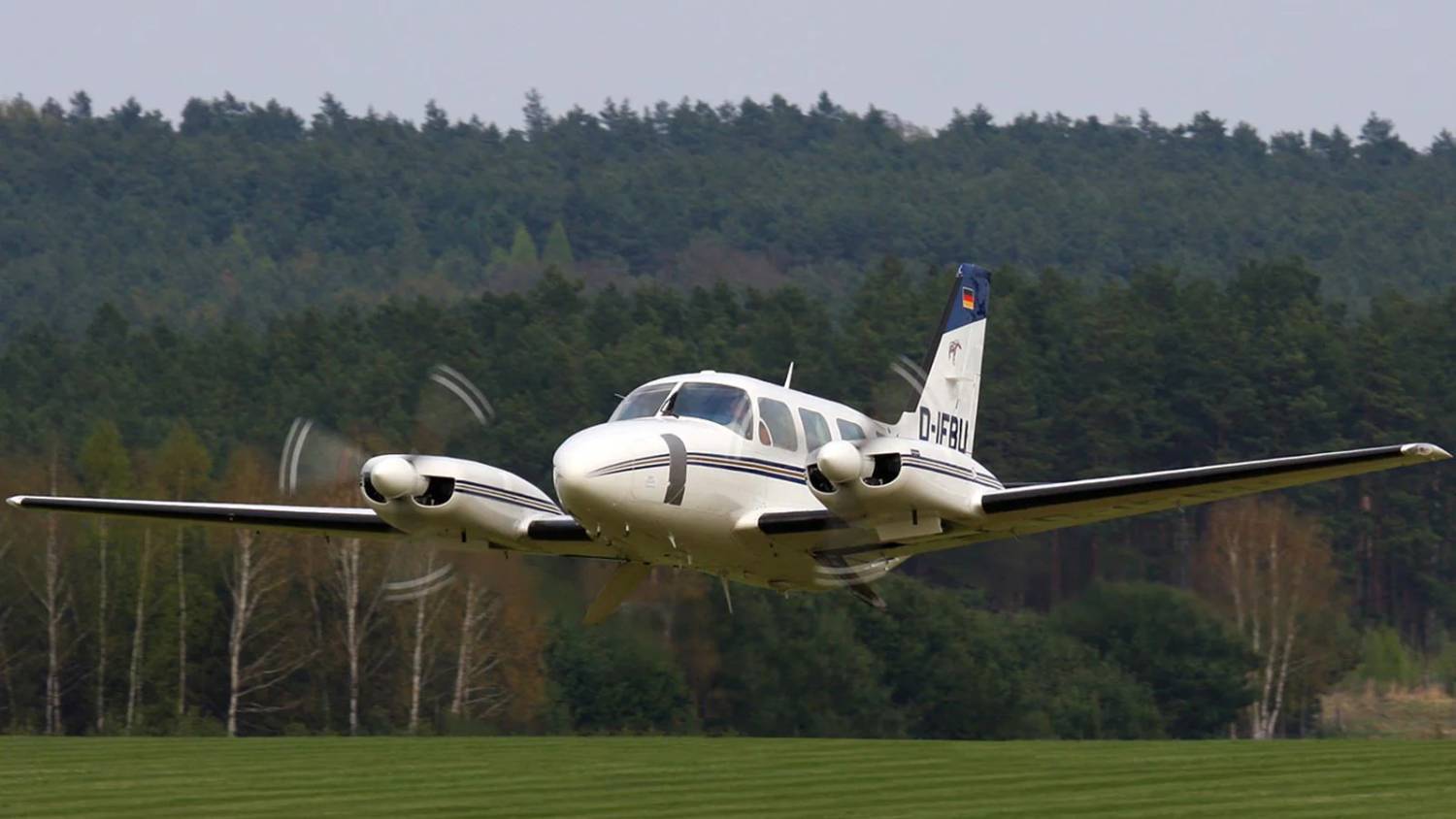
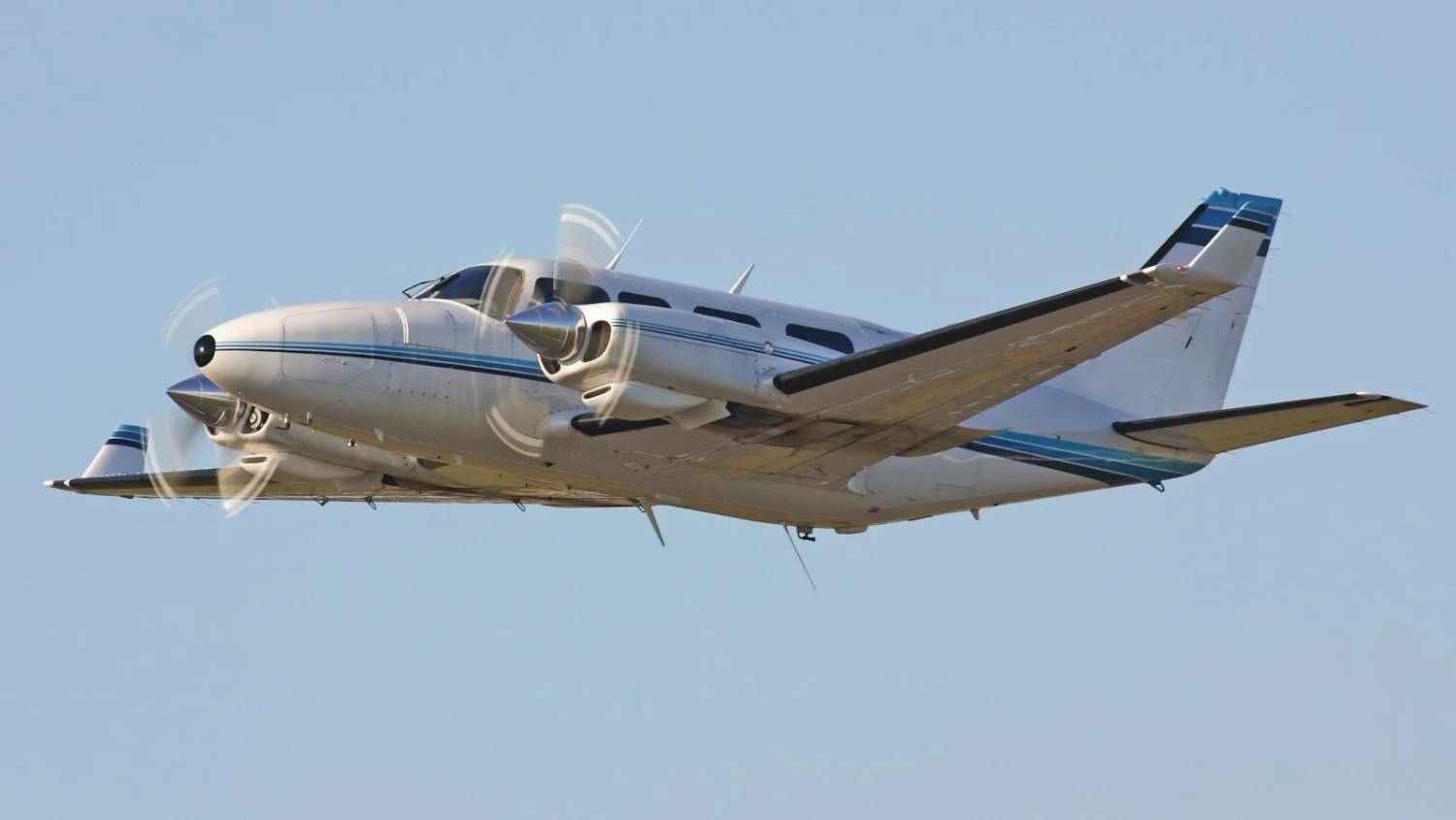
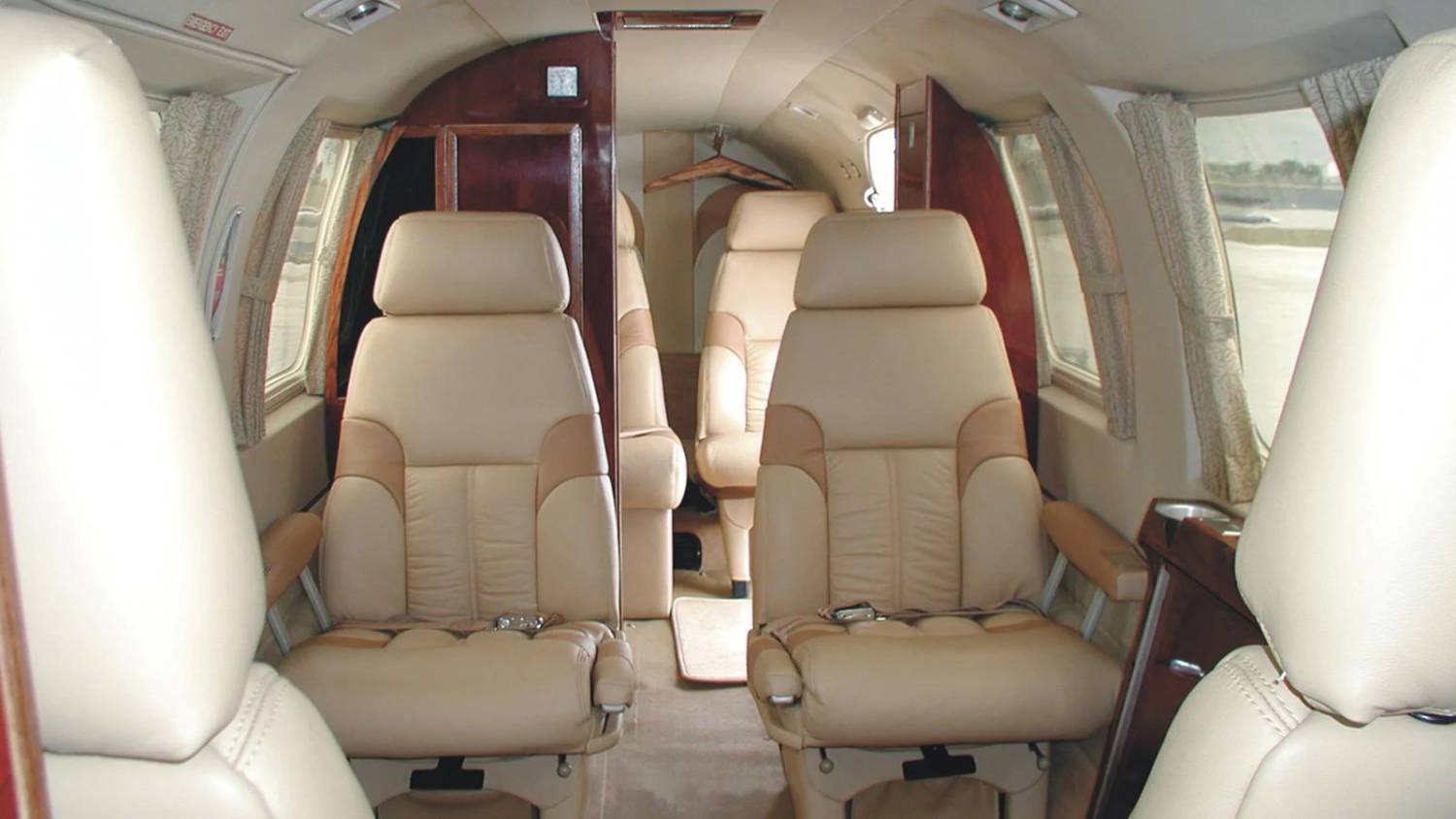
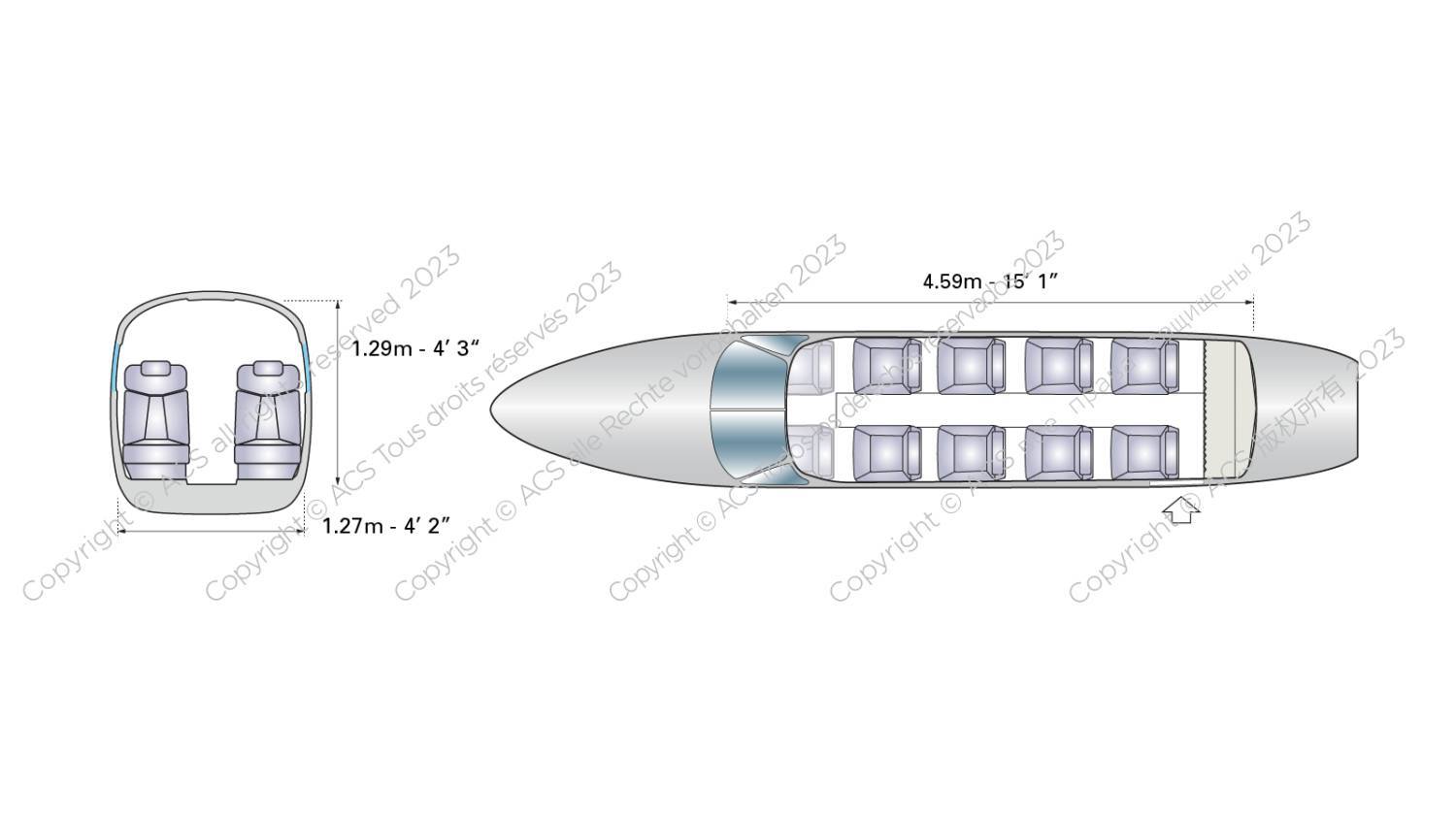
PIPER PA-31 NAVAJO CHIEFTAIN
介紹
- Passengers 8
A larger and more powerful variant of the Navajo, the Piper PA-31-350 Navajo Chieftain is fast, efficient and perfect for short-haul trips.
About this aircraft
- Designed as a stretched version of the PA-31-310 Navajo, the Piper PA-31-350 Chieftain was introduced in 1973.
- The cabin typically seats six or eight passengers. A further passenger can sit in the cockpit with a single pilot if the aircraft is owned, but this isn’t available for a charter.
- The Chieftain is capable of short-haul flights such as London to Edinburgh or Boston to New York.
- The baggage hold has enough space for around five suitcases.
- Production of the Chieftain ceased in 1984.
Able to land at small airfields, the versatile Chieftain is an economical and relatively spacious choice for short hops to remote locations.
Interior design

The cabin is designed for both business and leisure travellers. A corporate layout features four club seats separated by two foldaway tables, with two further seats at the rear; while a commuter version usually has eight seats in a 1-1 formation.
Below is a typical configuration found on a Piper PA-31-350 Navajo Chieftain.

Interesting facts to learn before you fly
- After launching, the PA-31-350 Navajo Chieftain quickly became Piper’s most popular aircraft with fly-for-hire customers and has outsold all other Navajo models.
- The Chieftain laid the groundwork for the successful Piper Cheyenne 400LS and PA-31P-350 Mojave.
- The commuter layout boasts two more seats than the more spacious corporate version.
Technological features
The Piper PA-31-350 Navajo Chieftain is fitted with Lycoming TIO-540 engines with counter-rotating propellers, which are more powerful than those in the original Navajo.
Due to the aircraft’s age, most have been retrofitted with newer avionics such as the Aspen Evolution 2000C3 glass cockpit.
History
The PA-31-350 Navajo was introduced in 1966 as Piper’s first foray into bigger aircraft. Several variations followed, including the Navajo B and C, but only one featured changes to the aircraft’s size: the PA-31-350 Navajo Chieftain.
The Chieftain was unveiled in 1972 as a stretched version of the Navajo B, with Lycoming TIO-540 engines and counter-rotating propellers to prevent critical engine handling problems. The fuselage was lengthened by two feet, allowing for up to 10 seats in total (including the two cockpit seats). Deliveries commenced in 1973 and continued until 1984, when production ended on the entire Navajo series.
Manufacturer
Piper Aircraft began as Taylor Brothers Aircraft Manufacturing Company, founded by Clarence and Gordon Taylor in 1927. After going bankrupt, the business was bought by engineer William Piper and renamed the Piper Aircraft Corporation in 1937.
Piper went from strength to strength and was later sold to the Bangor Punta Corporation. In 1972, the company opened a factory in Florida after a hurricane flooded its Pennsylvania site, destroying about 100 aircraft and causing an estimated $23 million in damage.
Increasing insurance premiums caused sales of American light aircraft to slump in the mid-1980s, leading Piper to file for bankruptcy again. The company later relaunched, partnering with Honda in 2006 to market the HA-420 HondaJet. Today, Piper is owned by the Brunei government and based at Florida’s Vero Beach Regional Airport.
Cost
Depending on factors such as age and condition, a used Piper PA-31-350 Navajo Chieftain costs around $260,000 (USD).
Charter rates
Charter rates for the Piper PA-31-350 Navajo Chieftain vary depending on the length of your journey and the airports you’re flying in and out of.
If you’d like to charter a Piper PA-31-350 Navajo Chieftain,
for a quote today. For information on other charter options, browse our list of available private aircraft.
Wet lease rates
ACMI (Aircraft, Crew, Maintenance, Insurance) wet lease rates for the Piper PA-31-350 Navajo Chieftain vary depending on the age of the aircraft, lease term length, number of guaranteed block hours and average cycle ratio. Contact us for a personalised quote.
Key Details
•Aircraft Type: Piston Propeller
•Passengers: Up to 8
•Cruise Speed: 428 KM/H (266 MPH)
•Range: 2240 KM (1391 Miles)
Specifications:
•Luggage Space: 33.9 ft³
•Enclosed Lavatory: No
•Flight Attendant: No
•Pressurised Cabin: Yes
條款及細則
Terms and Conditions for Private Aircraft Charter
1.Cancellation and Refund Policy
Once the booking is confirmed, all orders are non-cancellable and non-refundable. Please ensure all travel arrangements are carefully reviewed before making a reservation.
2.Flight Schedule Changes
Requests to change flight times or destinations must be submitted at least 48 hours in advance and are subject to aircraft and crew availability. Changes may incur additional charges.
3.Flight Delays and Cancellations
In the event of delays or cancellations caused by weather, technical issues, or other force majeure events, we will make every effort to reschedule the flight but will not be liable for any additional costs or compensation.
4.Crew Arrangements
All flights are operated by professional crew members. Crew assignments are determined by the company and cannot be changed or adjusted based on passenger requests.
5.Baggage Restrictions
Each aircraft has specific baggage weight and size limits. Please confirm baggage requirements at the time of booking. Excess baggage may incur additional charges or be refused for transport.
6.Passenger Safety and Conduct
All passengers must comply with the instructions of the crew. The company reserves the right to refuse service to passengers who violate safety regulations or disrupt the experience of others.
7.Flight Time and Overtime Charges
If the flight exceeds the scheduled duration, additional charges may apply. These charges will be calculated based on the aircraft type and the length of the delay.
8.Force Majeure
In the event of natural disasters, political unrest, or other force majeure events that prevent the flight from operating as scheduled, we will make every effort to reschedule the flight but will not be responsible for additional costs or liabilities.
